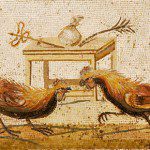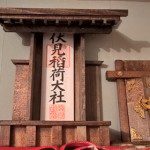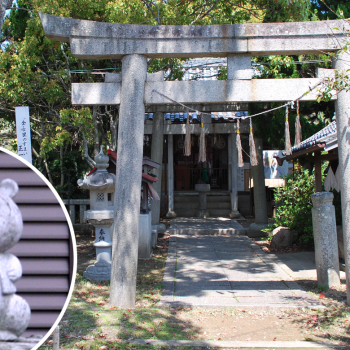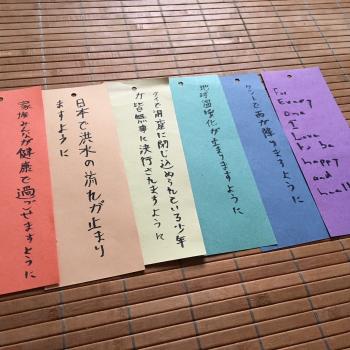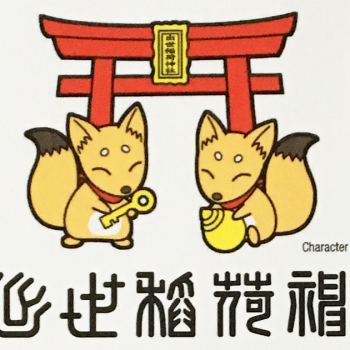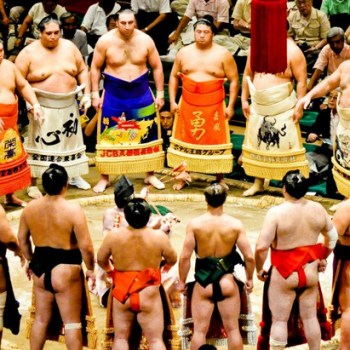2. Preparation
Now that I had my mind set on getting a kamidana, I knew I had to make some preparation for taking on this big commitment. I thought it was especially important to do as much research on kamidana custodianship as possible, especially as, unlike many Japanese people, I have no direct experience of having a kamidana in the home. In addition to consulting the global English-speaking Shinto community via the Facebook groups Shinto Religion of the Forest and Inari Faith International, I bought the Japanese guidebook Kokoro ga yasuragu kamidana sutairu, which was perfect for someone like me who hasn’t grown up within a Shinto culture and for whom Japanese is a second language. You can read my review of this excellent book here.
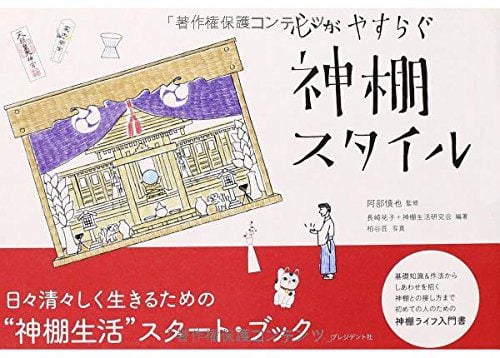
I also changed my habits a little at my current altar. I tried to be more diligent in my offerings, making an effort to pray at the altar and offer fresh water every day, and fresh rice and salt every week. I knew that this would be an especially important habit to keep up once the ofuda was in my home.
3. Procurement
Once I’d finished my research, it was time to purchase the kamidana. In my experience the ofuda, and the enclosing omiya and other items for venerating the ofuda, must be purchased separately. I decided to purchase the ofuda first. While the kamidana and accessories are available in high street shops in Japan, ofuda can only be obtained from a Shinto shrine. So it was perhaps surprising that I found the ofuda, the easiest item to obtain. I managed to buy one originating from Fushimi Inari Taisha, the most important shrine to Inari Ōkami, from the ebay store Yappari Japan. It cost me about $20.00. It was delivered promptly and was well-packaged; when buying from Japan, one thing you can always rely on is excellent service!
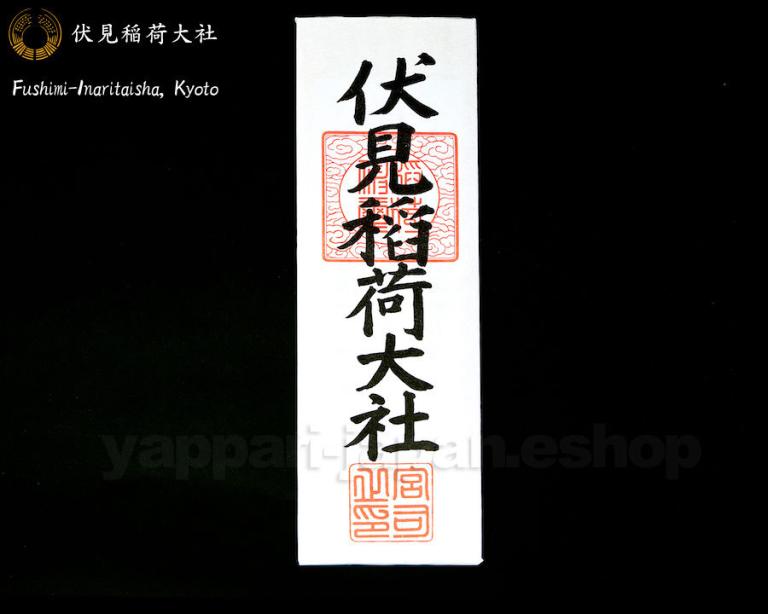
I decided to display the ofuda on my makeshift altar, but I kept it wrapped up in its cellophane packaging. I thought that this would be more respectful until the rest of the kamidana arrived and keep it in good condition.
The other parts of the kamidana took a little more time and effort. There are number of important things to bear in mind when buying a kamidana. Some of the most important are:
- Size, and specifically, the size of the compartment where the ofuda will go. It’s not uncommon for some types of ofuda to be larger than the space in the kamidana, so make sure you check all the measurements of the kamidana carefully!
- Overall design. Some designs are more suitable for some types of kami than others. For example, my kamidana was intended to venerate Inari Ōkami, a kami that the priests say should be enshrined in His own kamidana, and not in one that also enshrines ancestral kami (which is another common type).
- Whether or not accessories are included. You generally have the option of purchasing an omiya and the other accessories (offering vessels, vases etc.) separately, or together as a set. I generally found that sets work out cheaper, although be careful; this isn’t always the case.
- Shipping costs. Buying from Japan can be an expensive process with lots of “hidden” costs involved (like customs duties)
Because this was such an important matter for me, I wanted to put a lot of thought and invest a little extra money in order to get a kamidana that was right for me. I therefore didn’t go for the cheaper options that are available on ebay; among the kamidana options that I could reasonably afford, none of them really “spoke” to me. So I decided to broaden my search on Amazon Japan; being able to read and write Japanese really helped here!
Eventually, the kamidana set I found that really stood out was this one. Being advertised as a “modern kamidana,” what is particularly striking is its dark colour. Most kamidana are made from pale, unstained wood, and kamidana specific to Inari are often painted vermilion red (this pushes the price right up). But this kamidana ha been treated to give it an “ebony” appearance. I thought this made it look really attractive. It reminded me of what old Shinto shrines look like in Japan after the rain; their wood darkens and looks just like this.
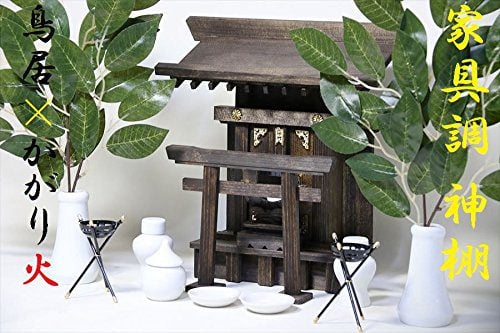
This isn’t a very traditional kamidana. In addition to its unusual dark colour, I noticed from the Amazon photos that nails had been used in its construction. Traditionally, kamidana (like Shinto shrines themselves) should not use nails; they should be slotted together using wooden pegs. But then I thought, I am not a traditional Shintoist! Perhaps a kamidana that is a little different from the norm is particularly appropriate for me. And what’s more, the use of nails probably reduced production costs, so that this kamidana is a good compromise between tradition and economising. To top it off, this kamidana comes with a full set of accessories: chinaware for offerings, artificial sakaki leaves (a type of sacred tree that grows in Japan and is a traditional Shinto offering), candle holders, a sacred mirror (shinkyō), candle holders and a torii gate. That last item is a particularly important one for Inari kamidana and not all sets include one, so that was a big plus. It didn’t come with the fox statues that are most commonly associated with Inari shrines, but that didn’t matter as I already had a pair! All the items were made to coordinate with the dark colour of the omiya and I thought the price for the entire set was quite reasonable. I was sold.
There was now one last problem – the company supplying this kamidana wouldn’t ship to the UK! I therefore had to use a proxy service to buy it and get it shipped. The most well-known proxy buying company for purchasing goods from Japan is probably White Rabbit Express, who were exceptionally helpful. They purchase items for you on your behalf in Japan (which is particularly useful if you can’t read Japanese), and then you reimburse them the purchase and shipping costs, together with a reasonable service fee. They were very prompt at answering my questions and although they couldn’t give me an exact quote for the shipping fee before the transaction for the kamidana had gone through, their rough estimate was fairly accurate.
I chose the cheapest shipping method to get the kamidana to me, so it did take a while. And right at the end, there was a customs duty to pay as well. So yes, in total it was an expensive purchase. But when the kamidana finally arrived, carefully and diligently packaged, I was not disappointed…
Next page: Setting up the kamidana

